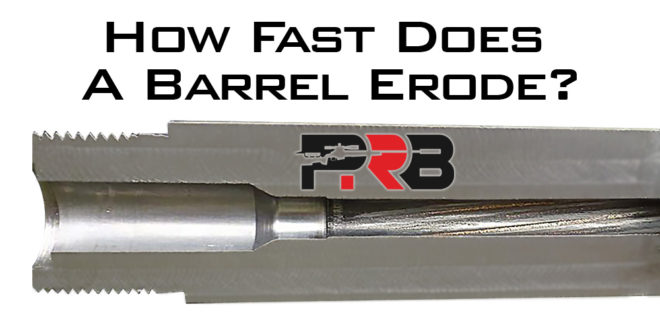I saw this video and thought I would pass it on for discussion. Main theory is that it is fire cracking is caused by pressure expanding and contracting the barrel, not heat or friction except as a lesser contributors.
There are some good points made in the comments section so check them out as well.
Dang it, how do you edit a typo in the thread heading?
There are some good points made in the comments section so check them out as well.
Dang it, how do you edit a typo in the thread heading?





Comment